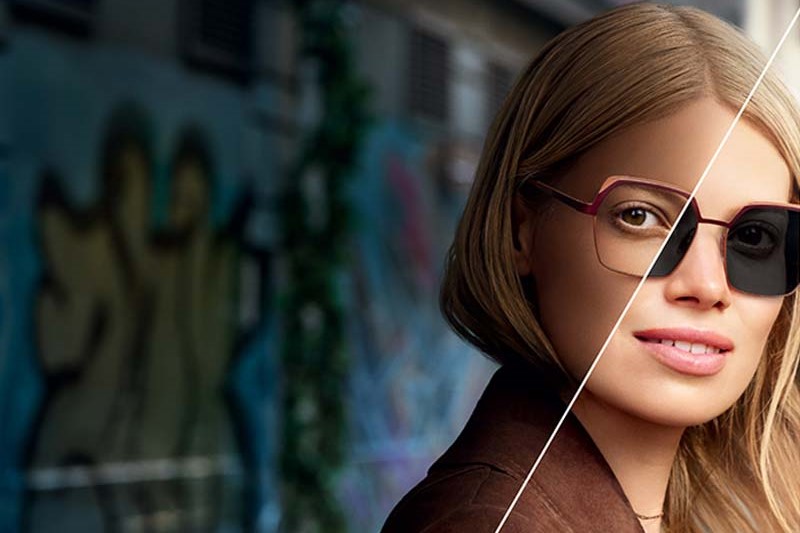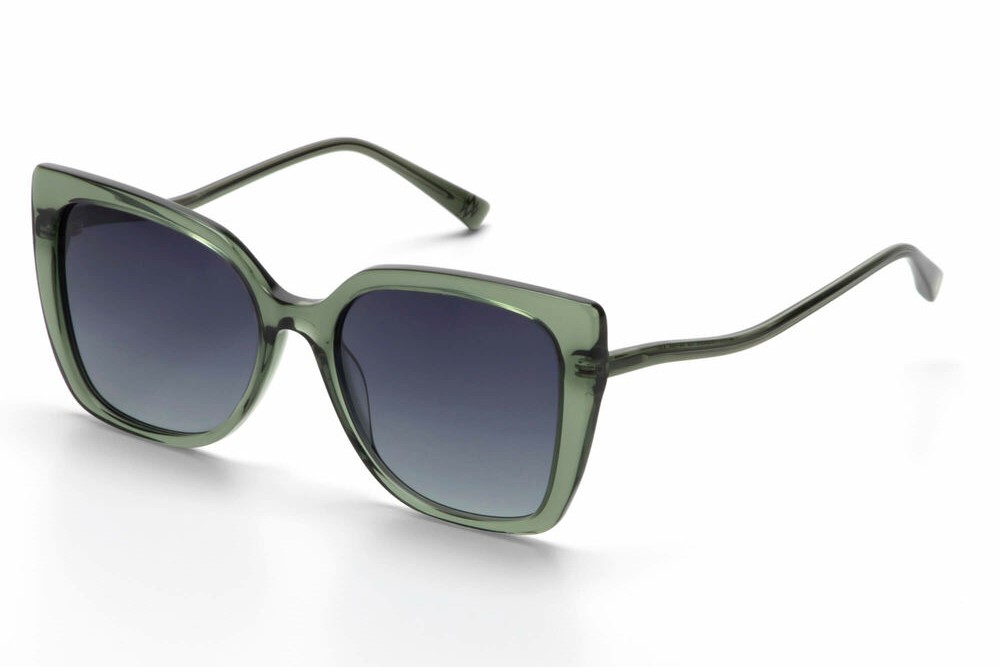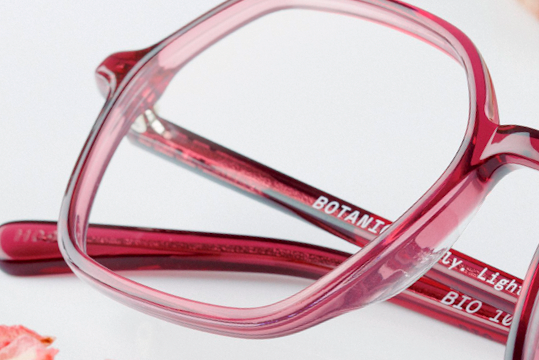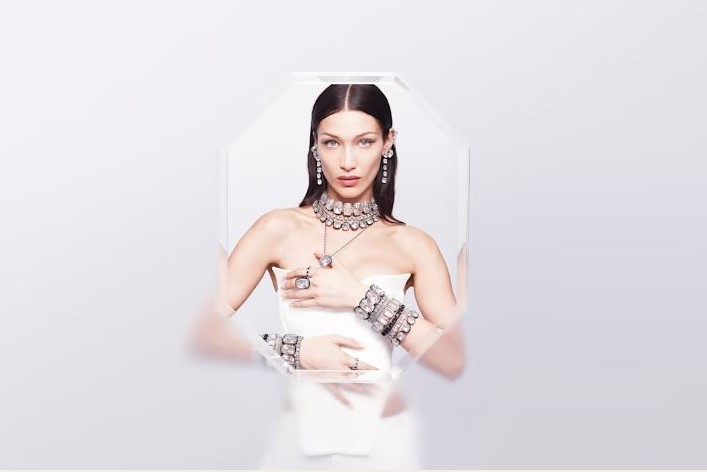Summer lenses: beat the glare, in style
Across the board, those in the optical lens business agree one of the biggest summer sunglasses trends will be the retro look reflecting the ’70s, ’80s and ’90s. Adam McMahon, Transitions Optical key account manager, says, “bold geometric shapes – rectangle, round, triangle and square,” are definitely in, while Craig Johnston, Younger Optics sales and marketing manager, highlights oversized frames as a continuing trend from last year. “(These) frames are still with us this summer and lend themselves to either solid or gradient tints.”
Both McMahon and Johnston say enduring classics, such as aviator, wayfarer, cat eye and clubmaster, aren’t going anywhere but will feature a twist this summer. For Johnston that’s “adding colour where possible, whether that be the frame or the lens”, but for McMahon it’s about the surprise element of including “these timeless iconic shapes in an unexpected frame”, which reflects global streetwear trends.
Another trend this season is lightweight frames, says McMahon. “Think light metal or thin acetate frames. Some are so fine they appear almost invisible on the face, but when Transitions activates, it adds another dimension. Grey, brown and amber lens colours will give the frames an ethereal feel, whereas sapphire, amethyst and emerald, when activated, demand attention; but when clear, the frame is the focus.”
Australasian College of Optical Dispensing (ACOD) trainer Zoe Ross says there are some great new styles coming through from the Northern Hemisphere that fall in line with these trends. “I’m liking the bold acetate frames in the Barton Perreira collection, whether they’re in classic black, tortoiseshell or in the crystal blush, blue and green tones. Anne & Valentin and Face à Face collections always have interesting details and textures and when paired with striking shapes, they’re a real statement.” Maui Jim is another great option, she adds. “It’s a collection the wearer keeps coming back to once they’ve tried them.”
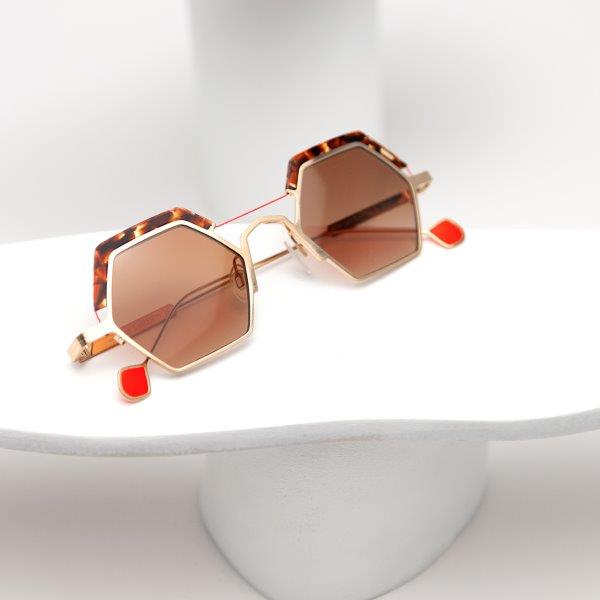
Anne & Valentin
Focusing on lenses
Shamir ANZ’s Morgan Cole says the winning lens addition this summer is mirrored or reflective lenses. “Because there is such a wide range of colours and styles available, they’re more than just functional; they let you create truly unique statements from day to day and outfit to outfit.” Shamir has introduced new reflective and mirrored products, designed specifically to target new trends this summer, she says. “The upcoming season is shaping up to be a stylish summer of personalised looks and stunning colour combinations.”
Maui Jim ANZ marketing manager Rob Garrett concurs. The success of the company’s red mirror lens, Hawaii Lava, originally designed and launched exclusively as part of its partnership with Manchester United FC, has led to new variations of the lens and its incorporation across some of Maui Jim’s most popular frame styles, he says. “Having such a striking lens colour option being available in some of Maui Jim’s most popular classic styles as well as being available in exciting new releases, provides our loyal consumers with an on-trend fashion option with all the exceptional lens quality and service levels that have become synonymous with Maui Jim.”
Johnston says the new styling for summer features a combination of sunglass lenses, such as solid, gradient and mirror tints. He suggests paring solid or mirror lenses with timeless aviator and wayfarer styles, while oversized and retro frames suit gradient lenses. “For those super-oversized frames, our NuPolar solid in grey or brown is available in wide diameter lenses.”
Designers, artists and actors, play an important role in elevating the importance of lenses as the total style look, adds McMahon, with many celebrities opting for light or mid-tinted lenses. “Our Transitions Signature Gen 8 bold colours of amber, amethyst, sapphire and emerald are at their most vibrant in mid-tint. Unlike a static mid-tint lens, the beauty and added value of Transitions lenses is they also have the power to go from clear to dark.”
Another contender in the photochromic category is Zeiss Adaptive Sun lenses. Dispensing optician and co-owner of Matthews Eyewear Eyecare Lynley Matthews feels these are a great choice for summer as they automatically adjust their colour intensity depending on UV exposure. Plus, as well as giving full UV and glare protection, they are available in four colours and in solid or gradient tints. Matthews predicts the most popular tints will remain rosy pinks, pale blue, purple, brown and green for 2021-2022’s warmer months in this part of the world.

Zeiss Adaptive Sun
The recently released Shamir Rose Gold provides a rich, vibrant colour base, is a highly reflective mirror that reduces glare, is durable and has a beautiful pink hue, says Cole. “It also pairs perfectly with photochromic and light-sensitive lenses. Depending on the density of the base colour, a light-sensitive lens provides a mirror that appears as a soft rose-gold bloom under low light to a rich pink hue under bright light conditions.” Alternatively, Shamir Glacier Sun UV is an anti-reflective coating specifically designed for prescription sunglasses, making it ideal for all tinted and polarised lenses, she says. “All prescription lenses are subject to reflections from the back surface of the lens. Shamir Glacier Sun UV reduces this effect by letting light pass through the lens, effectively absorbing it, and preventing bounce back. It is one of the hottest summer sunwear partners as it doesn’t change the colour of the lens or fade the tint in anyway.”

Shamir Rose Gold
Matching lenses to customers
The key to success when it comes to summer lens selling lies in carefully listening to your patient to fully grasp their needs, says Matthews. “Your job is to ask them how they use their eyes so you can design a lens that best fits their lifestyle and gives them the best vision possible. You are the expert and have the knowledge to find a solution that will fit their needs, but as there are so many options, you need to make it as simple as possible. It’s also good to remember to never make assumptions about what a patient can afford as everyone is uniquely different, so a personalised approach is best.”
For example, with 99% polarising efficiency, 100% UV blockage and added glare protection, NuPolar’s mirrored and polarised lenses are particularly suited for wearers who spend prolonged time outdoors in bright light, people who want a durable lens or drive frequently, or those who simply want to see bright light and shade well, says Cole.
After discovering your patient’s eyewear priorities, it’s important to identify their key lens consideration, adds McMahon, whether that’s technology, protection, convenience or style and lead with that in your choice of lenses. Essilor NZ’s marketing manager Kumuda Setty aptly demonstrates this using a senior patient example. “The Varilux X series lenses can dramatically reduce unnecessary need for head movement, which previous progressive lens designs required. This reduces image distortions and creates a comfortable and effortless experience, so seniors can carry on with their favourite hobbies without interruption.”
According to McMahon, the next tip is to demonstrate the available lens technology as, after all, seeing is believing. “Ensure you show the clear state for indoors and outdoors, mid-tint for shade and partially sunny conditions, and full tint for bright sunlight. While demonstrating, the patient can also experience activation and fade-back speeds.”
ACOD’s Ross recommends allowing patients to step outside into the sunshine to try on different lenses and sunglasses. “It is much more effective than just describing the benefits or features, as they can experience the different options for themselves. Lens colours, in particular, are a personal preference. What one person likes and finds visually comfortable is not necessarily going to be the same for the next.”
McMahon’s final tip centres on managing patient expectations to ensure satisfaction, as some may have misconceptions, particularly when it comes to photochromic lenses. “We highly recommend practices put three crucial things into place: the first is demonstration tools, the second is that the eyecare professional has worn Transitions lenses themselves, and the third is that the eyecare professional feels confident in their product knowledge by undertaking some short, online education modules.”
Here’s to summer and that all-important lens and frame selling season!

Renee Lunder is an Australian freelance journalist and proud specs wearer.










